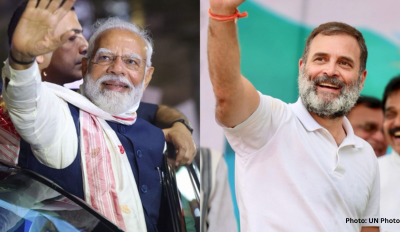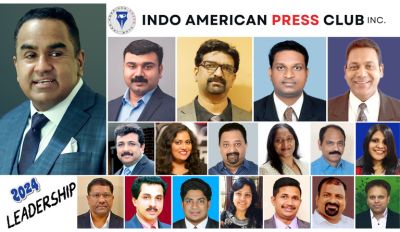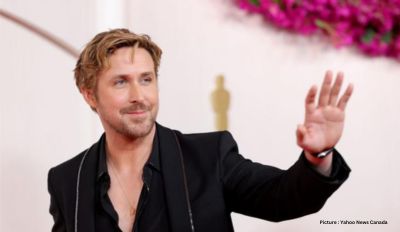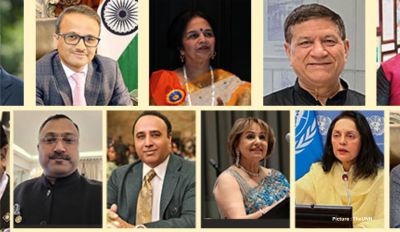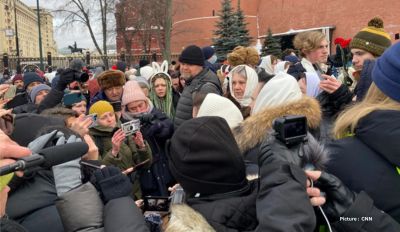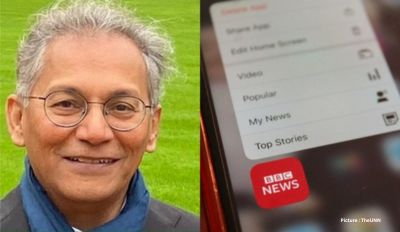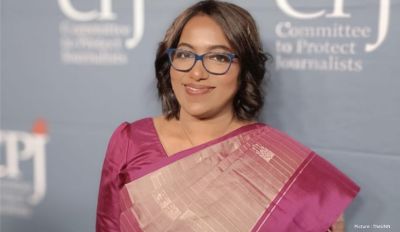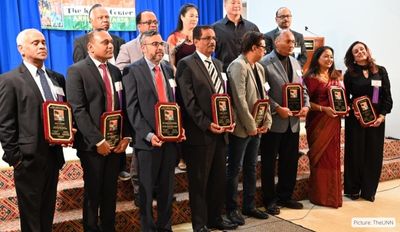Globalization and digitalization are two realities of our times. They pose tremendous challenges to all people especially the men and women in the mass media. There are two realities of globalization and digitalization. We also need to study the challenges posed by these two realities. Regarding digitalization, India, for instance, after China (575 m) and USA (275 m) has the 3 rd largest internet population in the world. Internet Statistics shows that 111 million Indians are internet users as on January 2013. Among the 1210 million Indian population 904 million are mobile subscribers and among them 78.7 million people are mobile internet users. (“Internet Statistics India” web page downloaded on August 17, 2013).
In this context we need to answer for ourselves two fundamental questions. First: what are our responsibilities as professionals in the media? Second: how our International Christian Organization of the Media (ICOM) can help the people in the media to carry out these responsibilities?
We need to understand the globalization of capitalism, ownership patterns and consumerism in the light of human (individual & family) needs and human rights. In our globalized and digitalized world we see precisely the concentration of wealth in a few hands and the mass media applauding it! This is 100% true of India where I come from.
As against Mukesh Ambani, the richest person in India, who has a lavish lifestyle, the richest American is Warren Buffett, the owner of more than three score companies. He has been ‘numero uno’ for several years the Forbes’ list of richest persons in the world. Buffett lives with his family in a single story building with three bed rooms house, which he bought some 50 years back! Buffett drives his car himself He hardly uses private jet travels even though he owns the biggest private Jet Company.
When the globalized world took note of the infamous Antilia on one side, it took note that on the other side Buffett gave a generous donation of $31 billion to charity. He shared his wealth with those in dire needs like the marginalized people, the refugees, victims of wars and conflicts. When Buffet visited India in 2012 he called the rich people in India to share their wealth with the poor.
It may be by way of exception, but there are a few people who may not be rich like Ambanis and Buffetts but they do have care and concern for the poor and the needy. My senior bachelor friend and a well known Gujarati poet, Niranjan Bhagat of my city, Ahmedabad has recently done an unusual thing. He has transferred the ownership of his luxury flat in a posh Ashram Road area not to any of his relatives but to his servant of many years, Jagath Sinh and his family. We in India also have the example of Narayana Murthy of Infosys fame who has spent a substantial sum of his income in welfare programs for the needy people.
The rich and not so rich people in India need to follow the example of Buffett, Murthy and Bhagat. When the people learn to care and share their wealth with the BPL people and contribute to the basic need of education and health-care. India can get rid of the scourge of poverty. But will that happen in our globalized world where money is often pursued as the only goal of one’s life!? Many worship money as their God!
Pope Francis in a speech to ambassadors at Vatican in May 2013 said, “Our human family is resently experiencing something of a turning point in its own history, if we consider the advances made in various areas. We can only praise the positive achievements which contribute to the authentic welfare of mankind, in fields such as those of health, education and communication.”
Science and technology have made tremendous progress which was unimaginable a few decades back. But today they are realities. We have explored the depth of the seas and exploited the wealth of the waters. But the sad fact is that we have not reached out to our neighbours – the poor, the needy, the displaced, the refugees, in short the ‘anabim’ (the poor people of God) in the world.When everything has become big, has our heart become small?
I can give an example of the Gujarat state where I come from. Chief Minister Narendra Modi is certainly making an all out effort leaving no stone unturned to capture the Prime Minister’s chair projecting himself as a man of development and Gujarat as a model of a developed state! Modi does not want to compare the development of Gujarat to any other Indian state but with China! What is the ground reality in the state of Gujarat?
Modi does not want the development of Gujarat compared to other Indian states because in many criteria of Human Development Gujarat is far behind other states! According to India Human Development Report 2011, Planning Commission of India, Gujarat lags behind many other Indian states in development! [Naya Marg, (fortnightly), 16-7-2013, p.5] Yet Modi’s hugely paid advertisements in India and abroad project Gujarat at the top of the developed world! This is the biggest lie about Gujarat.
The rationalist people who care for facts say that Modi’s popularity is media-managed. No wonder even Nobel Laureate (Economics 1998) Amartya Sen has voiced his concern against Modi and Gujarat model of development. Sen has clearly stated that Modi should not be the Prime Minister of India. He says that Modi is a divisive force. position! The child mortality rate according to 2009 information Gujarat position! Basic human development index of health, primary position (of 28 states) in India. A former member of planning commission and former Vice-Chancellor of Mumbai University Bhalchandra Mungekar wrote in The Indian Express: “Modi’s claim is too tall and not supported by evidence” Most of Modi’s claims for development are hollow that an IAS (Indian Administrative Service) officer told me simply, “Modi plus advertisements is Hero. Modi minus advertisements is Zero!”
As writers and journalists working in mass media we can be trend setters. This sort of ground realities of our globalized and digitalized world brings us back to our basic, fundamental questions. In answering the two vital questions, here are my seven practical suggestions for your consideration: 1) Develop a Sense of Fraternal Responsibility; 2) Highlight Developmental Issues; 3) Develop a nose for news about the progress of the aboriginals, tribals and the depressed class of people (Dalits) and for their problems and difficulties. And voice these concerns in the media and in our lives; 4) Be Defenders & Protectors of the Voiceless; 5) Fight the Evil of Corruption; 6) Protection of our Environment; and, 7) Be an Agent of Peace and Harmony.
In a societal analysis of our contemporary world we see spectacular progress of science and technology, communication and transportation, management and entertainment. On the other side we also see that the number of those excluded from the benefits of our globalized and digitalized world is increasing! There is no justice, equality and fraternity for all. The gap between the haves and the have-nots is growing wider and wider.
Fifty years ago, Dr Martin Luther King called for racial solidarity in his famous speech “I have a dream…” Today in our globalized and digitalized world we need not only racial solidarity but we also need economic solidarity, inter-religious solidarity and cultural solidarity.
We need solidarity with all people of good will leading to love and peace, equality and justice, freedom and fraternity. So we should firmly resolve that each one of us will work through mass media for the attainment of a new world of solidarity, a better world of solidarity.


